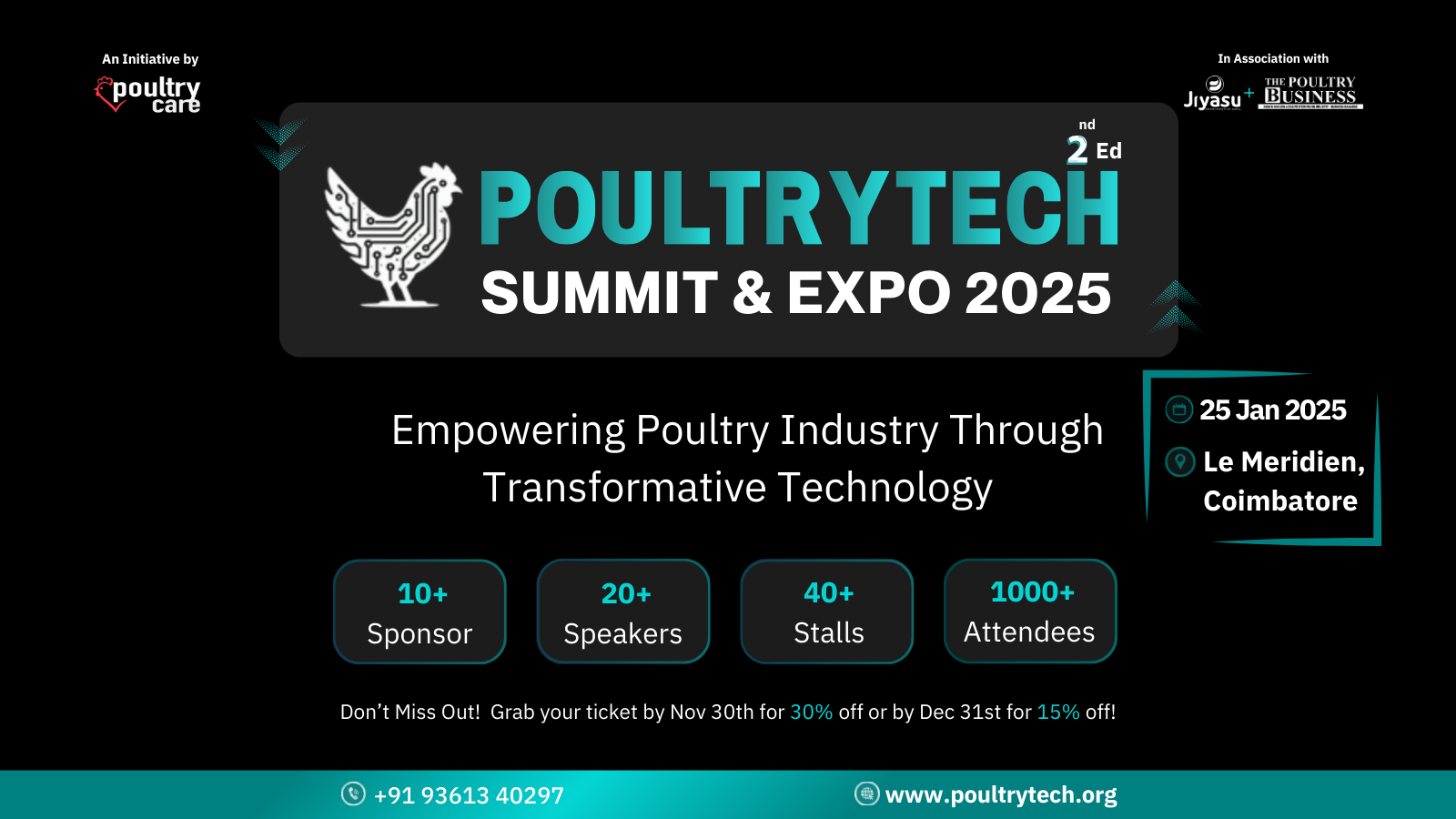In the poultry industry, feed production represents one of the largest costs for farm operations. As feed makes up a significant portion of the budget, optimizing this process can have a major impact on overall profitability. One effective strategy for managing costs is through formula cost analysis, a practice that allows farmers to evaluate and adjust feed formulations to achieve the best balance between cost, quality, and nutritional requirements. In this blog, we’ll explore how formula cost analysis can enhance feed mill efficiency and ensure that poultry farmers are maximizing their profits while providing optimal nutrition for their flocks.
Understanding Formula Cost Analysis
Formula cost analysis involves evaluating the individual ingredients used in feed production to determine their cost-effectiveness in achieving the desired nutritional value. By comparing the prices of different raw materials, farmers can make informed decisions about which ingredients to include in their feed formulas. This approach not only helps to minimize production costs but also ensures that the feed meets the nutritional requirements of the animals, supporting their growth and health.
Farmers need to consider several factors when performing formula cost analysis, including the cost per unit of each ingredient, nutritional content, and the availability of ingredients. These aspects are crucial for determining the most cost-effective formulas that don’t compromise on the nutritional needs of the animals.
Reducing Feed Costs with Efficient Formula Adjustments
Adjusting feed formulas can significantly lower production costs without sacrificing quality. For instance, substituting more expensive ingredients with cheaper alternatives that provide similar nutritional value can reduce costs. By carefully analyzing formula cost and performance, farmers can develop feed recipes that align with their budget constraints while still delivering the essential nutrients to their poultry.
When evaluating ingredient choices, it’s important to consider both the direct cost of materials and the long-term health benefits they provide. Feed that supports better growth rates, egg production, and overall bird health can lead to higher profits by improving production efficiency and reducing losses from poor animal health.
The Role of Quality Control in Feed Formula Optimization
While cost is an important factor in feed production, quality should never be compromised. Regular quality control checks are essential to ensure that the nutritional profile of the feed matches the specifications and supports the birds' health. Monitoring the nutritional consistency of different batches of feed can help detect inconsistencies or errors in the formula, ensuring that the final product meets the desired standards.
By continuously evaluating feed quality and making formula adjustments based on both cost and nutritional requirements, farmers can achieve an optimal balance between quality and cost-efficiency.
How Formula Cost Analysis Enhances Feed Mill Efficiency
Efficient feed production requires both cost control and operational effectiveness. Formula cost analysis can help streamline the production process by identifying areas where waste can be reduced, ingredients can be sourced more economically, and production time can be minimized. Analyzing feed costs at regular intervals allows farmers to spot inefficiencies and make adjustments as needed to improve feed mill operations.
In addition, by carefully planning and tracking production, farmers can avoid overproduction and reduce the chances of unused feed going to waste. Proper planning also allows for better inventory management, helping farmers maintain the right balance of ingredients without overstocking or understocking.
Conclusion
Optimizing feed production through formula cost analysis is an essential practice for any poultry farmer looking to reduce expenses and increase profitability. By evaluating feed ingredients, adjusting formulas, and maintaining high standards of quality control, farmers can ensure that their operations are as efficient as possible. Additionally, this approach helps to meet the nutritional needs of poultry, ensuring healthy and productive flocks. With proper implementation, formula cost analysis can lead to long-term savings and improved overall farm performance.



